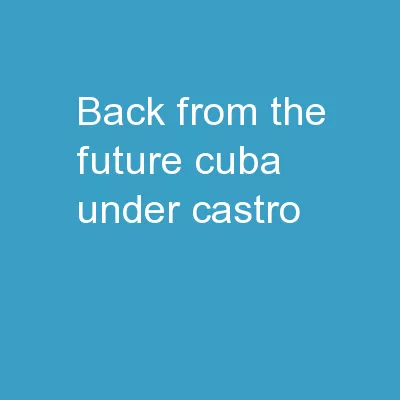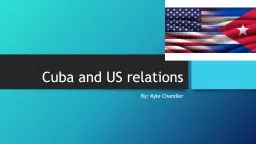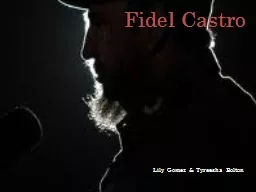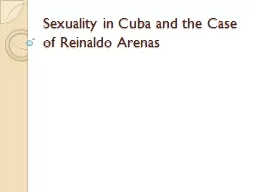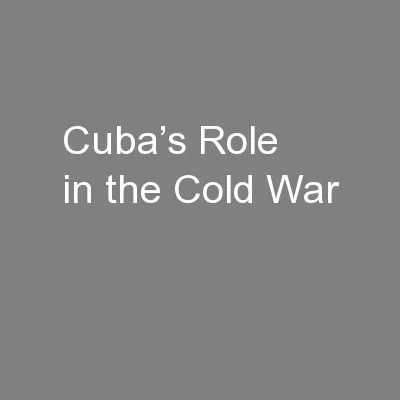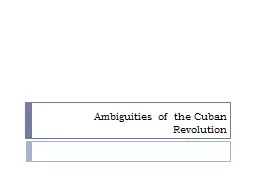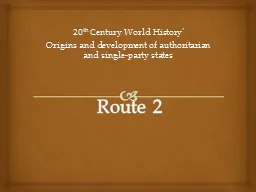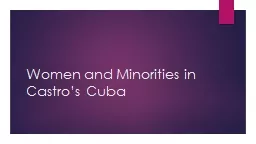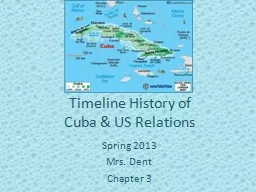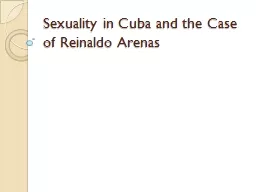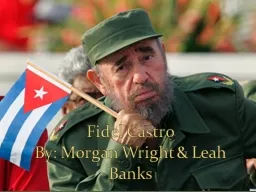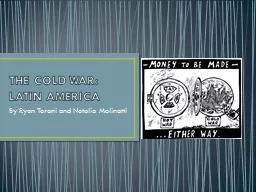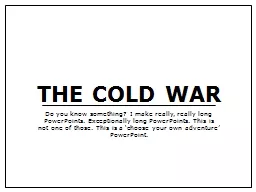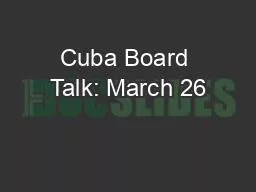PPT-Back from the Future Cuba Under Castro
Author : faustina-dinatale | Published Date : 2018-11-06
Chapter 1 Xaina Vega Julia Alvarez Contextual Factors Affecting State Policy Options The Weight of the PAst Castro wanted absolute power but government is limited
Presentation Embed Code
Download Presentation
Download Presentation The PPT/PDF document "Back from the Future Cuba Under Castro" is the property of its rightful owner. Permission is granted to download and print the materials on this website for personal, non-commercial use only, and to display it on your personal computer provided you do not modify the materials and that you retain all copyright notices contained in the materials. By downloading content from our website, you accept the terms of this agreement.
Back from the Future Cuba Under Castro: Transcript
Download Rules Of Document
"Back from the Future Cuba Under Castro"The content belongs to its owner. You may download and print it for personal use, without modification, and keep all copyright notices. By downloading, you agree to these terms.
Related Documents

